What makes Peru so special?
Peru is known for having both natural and cultural wonders that captivate visitors from all over the world. It is a colorful region filled with ancient archaeological structures, unique textiles, and one of the richest cultures.
Peru boasts a greater diversity of flora and animals than most other countries on the planet due to its wide range of diverse ecosystems. Each region is home to its own signature dishes, a variety of unique ingredients, and even folklore. This goes even way since Perú had multiple Pre-Incan Civilizations with unique characteristics and traditions populating the ancient Andes thousands of years ago.
It is such a large nation that experiencing it all requires multiple visits. The tropical Amazon Rainforest located in the east, the Andean Mountains divide the nation in half, tempting the most daring trekkers to approach them, and the beaches and marine life dominate the western Pacific Coast. It pretty much has it all.
Peru's unique culinary experience: Central restaurant

This diversity gave birth to South America's number 1 restaurant and the world's second best restaurant according to The World’s 50 Best in 2022. The restaurant "Central" by Peruvian chefs Virgilio Martínez and his wife Pía León represents their study of Peru's ecosystems. Virgilio created the Mater Elevations menu to highlight Peruvian ingredients from the country's three main regions:
- Pacific Ocean, coast, and desert
- Andes mountains
- Amazon rainforest
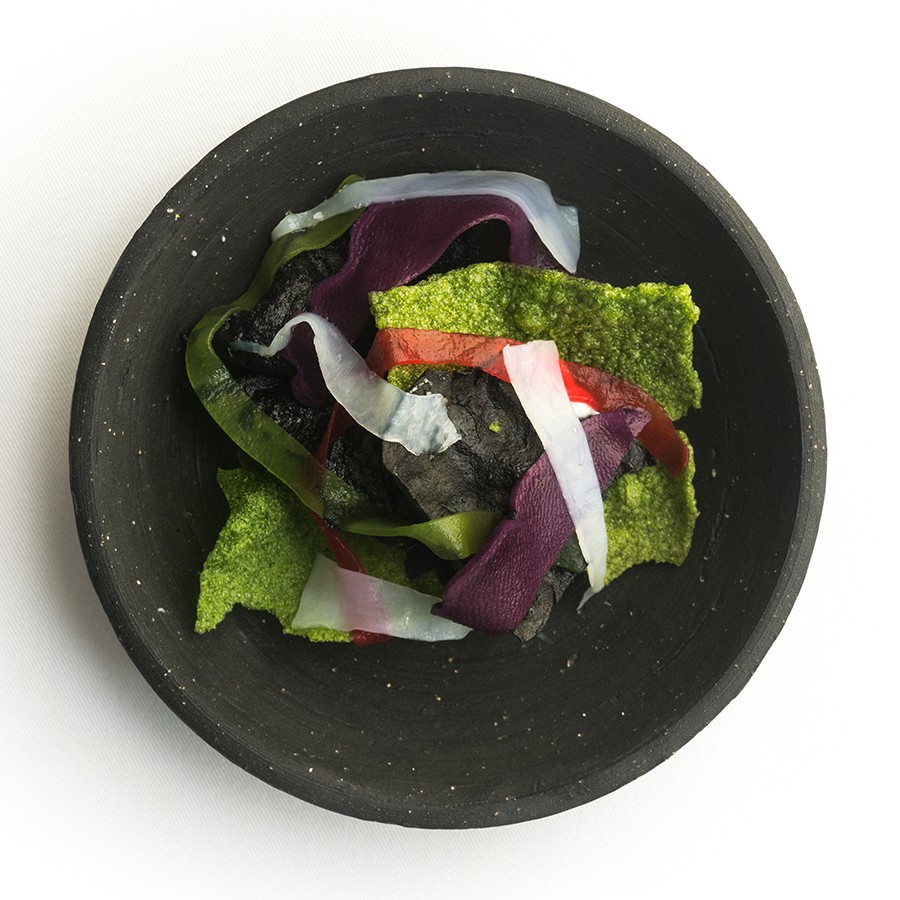 |
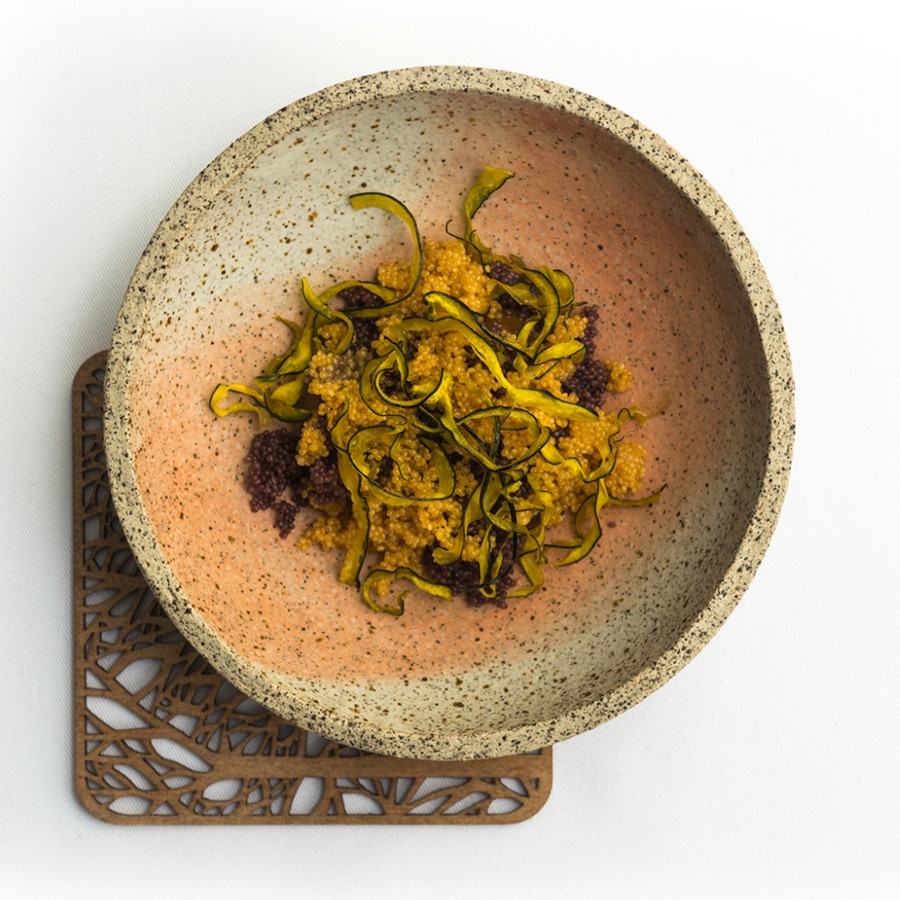 |
This unique culinary experience located in Lima displays Peruvian heritage and biodiversity at its best. As a result, whether you're there for lunch or dinner, moving through the meal transports you to different regions of the country.
The dishes use an abundance of locally obtained ingredients to showcase their homeland's distinctive traditions, landscapes, and history.
Peru's best-known "attraction": Machu Picchu
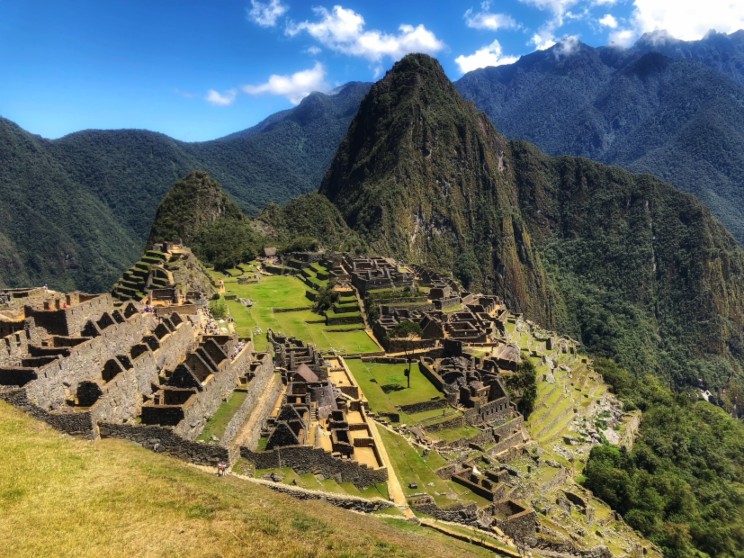
The Historic Sanctuary of Machu Picchu is located 80 kilometers northwest of Cusco and is the most anticipated landmark for most Peruvian visitors. Machu Picchu was declared a Unesco World Heritage Site in 1983 and was named one of the New Seven Wonders of the World in 2007.
It was constructed with polished dry-stone walls in the classical Inca style, and the majority of its surrounding structures were reconstructed to display tourists as much of the original scenery of Machu Picchu as possible.
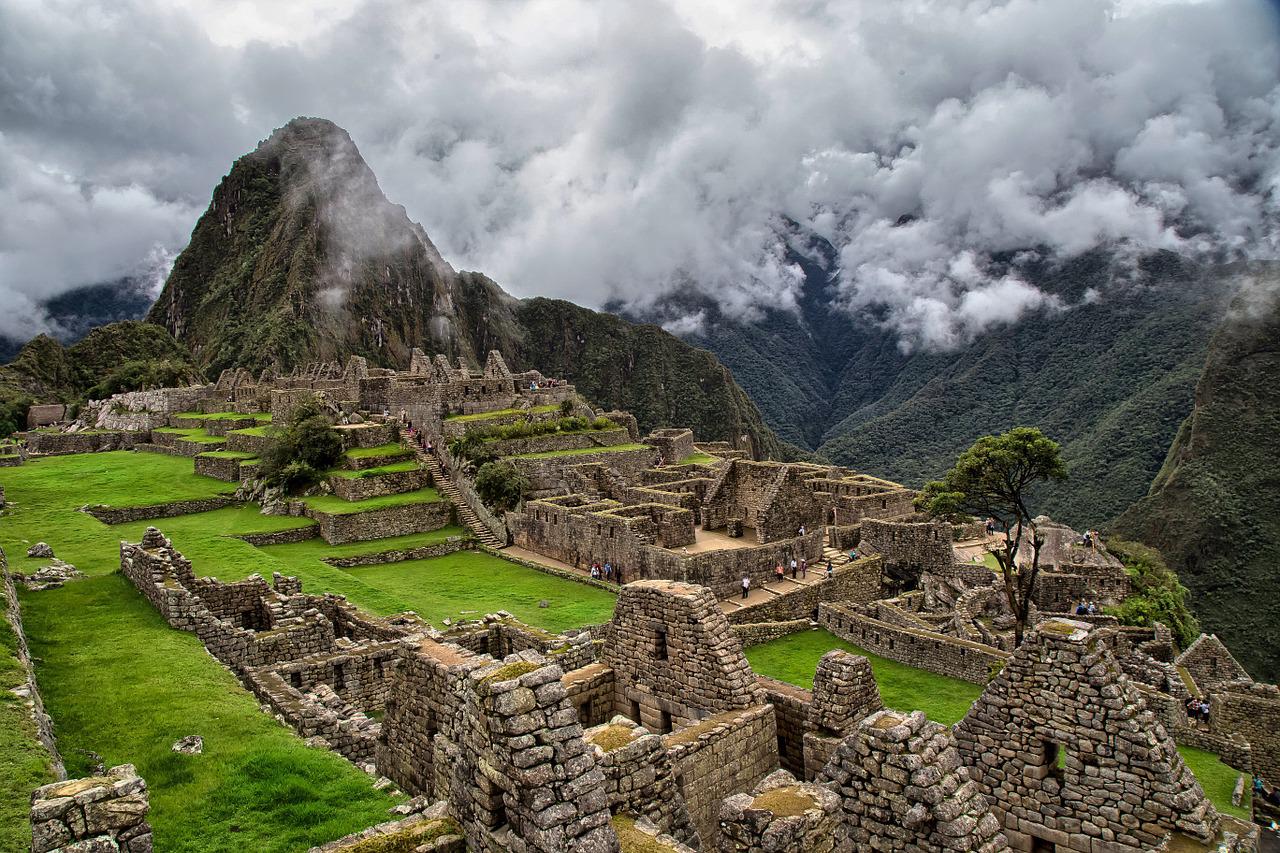
This magnificent 15th-century Inca fortress, located on top of a mountain 2430 meters above sea level, overlooks the Sacred Valley and the Urubamba River, which surrounds it and where morning mists rise. As a result, the spot offers an ideal blend of natural splendor and cultural relevance.
Machupicchu is a wonder of art, architecture, and engineering in perfect harmony with nature, and it is the Inca civilization's most valuable legacy to humanity.
Peruvian Textile Heritage
Peruvian textiles have a history that dates back to 2500 BC and continues to the present day, with talented artisans making magnificent apparel, tapestries, and other fabrics that will survive the test of time.
Peruvian textile motifs are as diverse and rich as the cultures from which they originate. Realistic and abstract design, patterns and graphics, tales, and even simple eruptions of light and color may be found in a wide range of art and clothes. But aside from its motifs, what differentiates Peruvian textiles the most are the fibers.
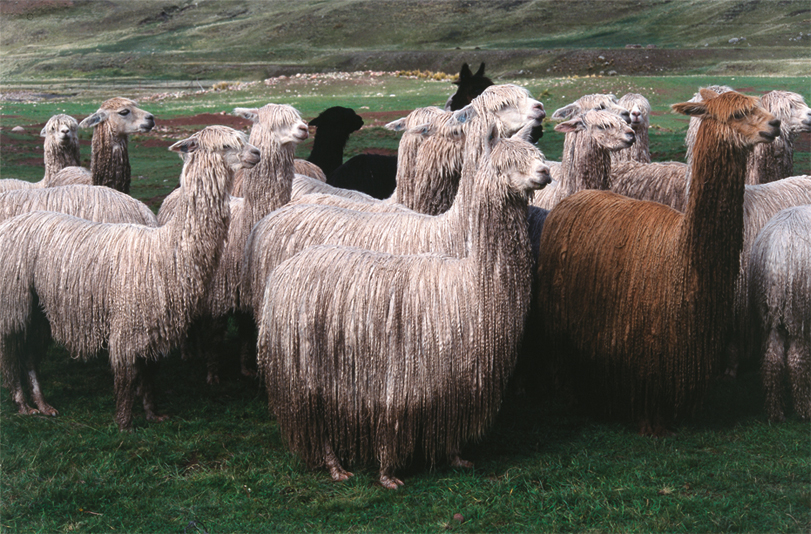
| If you have any questions or would like more information on a certain product, please feel free to contact us at [email protected] |
| We will try our best to assist you with your alpaca needs! |

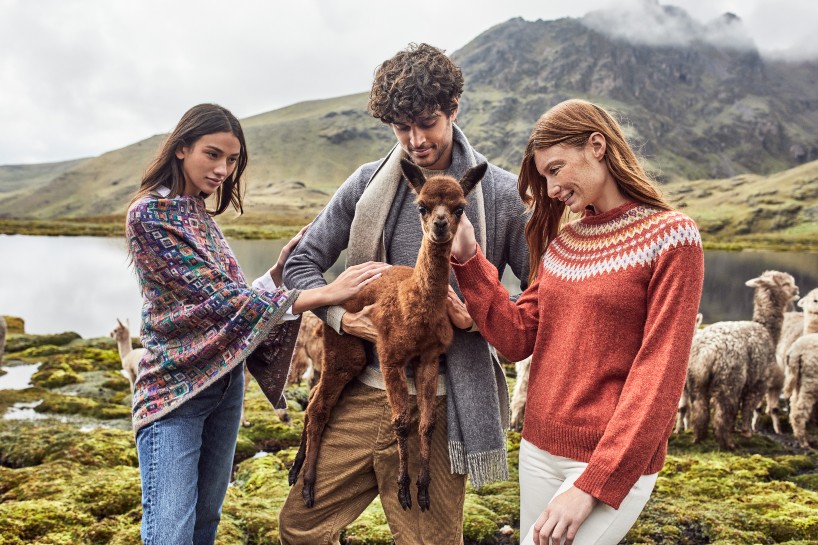




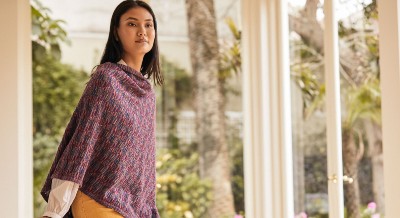


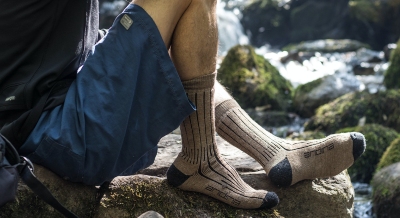
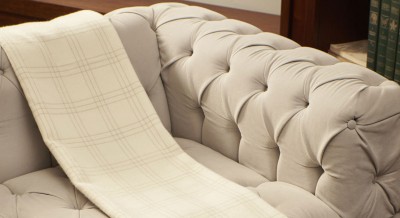
Comments
Leave A Reply
Your email address will not be published.